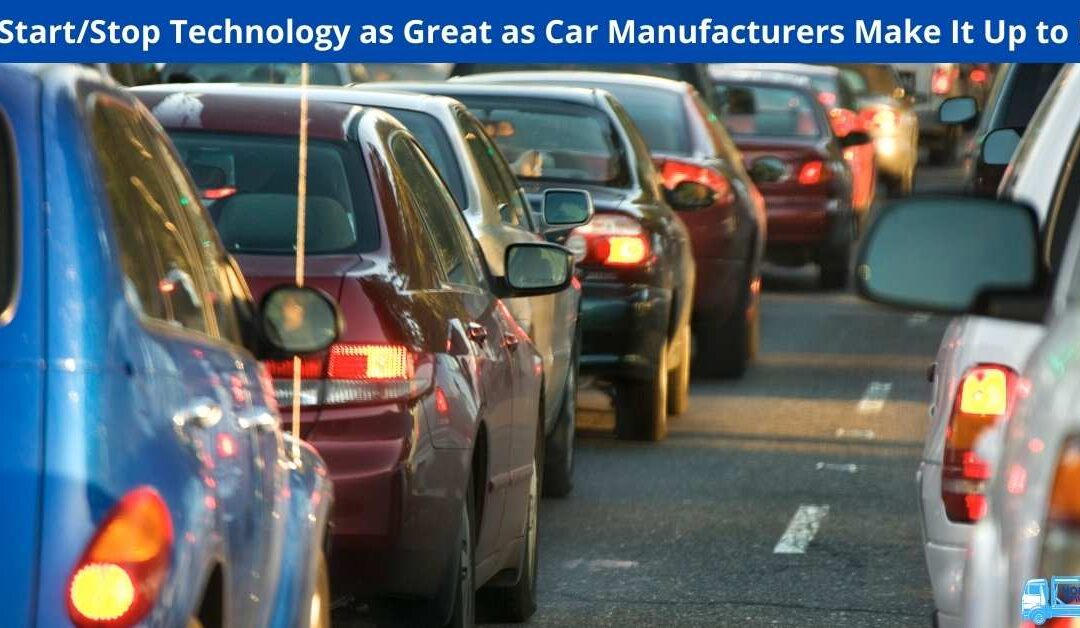First introduced in 1983, the start/stop technology is now considered a fixture in a lot of modern automobiles. In fact, this system is installed in cars of all sizes, regardless of the type of engine they have. It is even a fixture on fuel-efficient vehicles such as hybrids. Over the years, this system has improved by leaps and bounds, with some car companies having their own proprietary version of it. However, the big question will always be this: Is start/stop technology as great as car manufacturers make it out to be? To answer this question, we will look at the pros and cons of start/stop technology.
Pros of start/stop technology
1. Improved fuel economy – This is the biggest reason why start/stop technology has been employed in the first place. By shutting off the engine when it is idle (ex.: during heavy traffic jams), fuel consumption is significantly lessened. While fuel savings are minimal in light traffic conditions, you can save a significant amount of fuel when driving your car in roads with heavy traffic (ex: busy city streets). In combination with other engine technology advances, start/stop technology helps in making a car more efficient with fuel.
2. Reduces vehicular emissions – While fuel efficiency gets most of the headlines, reducing emissions is arguably the biggest reason why car manufacturers stick with start/stop systems. One of the biggest contributors of air population in cities are vehicles that are stuck in traffic. When the engine is shut off during a traffic jam, it contributes zero emissions to the air. Timely turning off the engine, made possible with start/stop systems, significantly reduces the emissions a car can potentially emit. Beyond reducing its direct contribution to air pollution, start/stop helps cars better comply with stricter emissions standards.
Cons of start/stop technology
1. Reduced responsiveness – While start/stop technology has improved by leaps and bounds since it was first introduced, reduced responsiveness remains to be one of its biggest weaknesses. This is because while cycling between stop/start cycles has been significantly reduced, the idle time needed to restart the engine is still enough to hurt responsiveness. At the same time, the system may incorrectly predict present road conditions, resulting in inconsistent performance in specific road conditions.
2. Added strain to the electrical system – Both the start/stop system and the engine’s starter are reliant to your car’s electrical system to properly function. A car equipped with a start/stop system creates more demand for the car’s batteries, making it more prone to draining. It is not uncommon for cars with start/stop systems to be equipped with a larger battery, which of course adds more weight to the car. In addition, for cars equipped with this system, it is important more than ever to maintain a proper amount of electrical current to keep the car running.
Those are just some of the pros and cons associated with having a start/stop system equipped in a car. While the system is far from being perfect, the start/stop function can prove very beneficial for specific cars and driving conditions.
If you are in Kew, Victoria 3101, and looking for an emergency tow truck service or roadside assistance Melbourne service, this is the best way to visit us.
Northern Tow Trucks
620 Canning St
Carlton North VIC 3054
(03) 7064 2500

